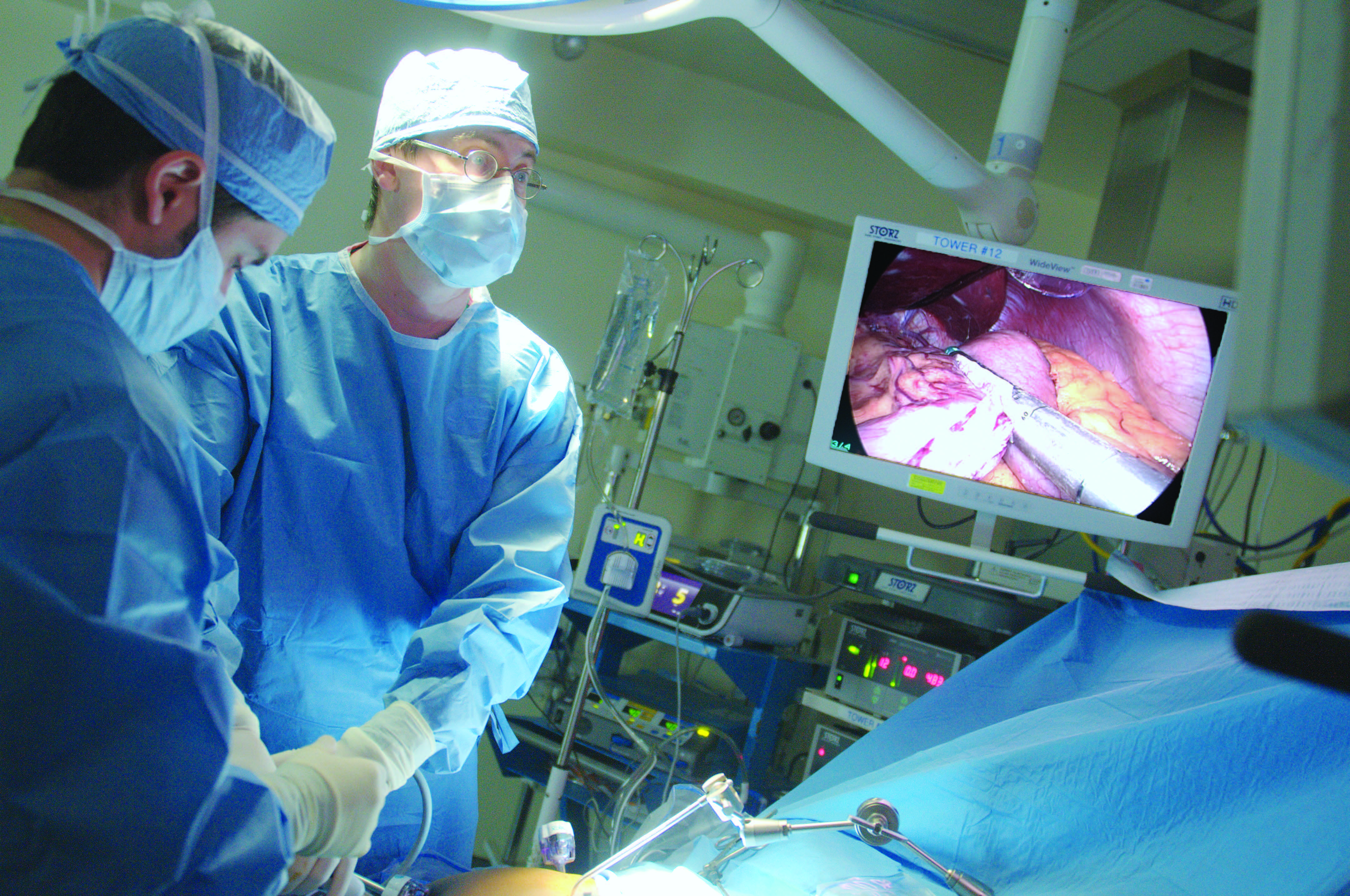Take it off in Park Slope! NY Methodist Hospital offers weight loss surgery

New York Methodist Hospital’s repertoire of minimally invasive bariatric, or weight loss, procedures recently expanded to include laparoscopic sleeve gastrectomy (LSG), an advanced surgical technique designed to help morbidly obese patients lose weight. The procedure is one of the many services offered by NYM’s Comprehensive Weight Management Program.
Other common bariatric procedures performed at the Park Slope hospital are gastric bypass surgery and lap band surgery, and both are still excellent options for bariatric surgery candidates, depending upon a patient’s individual needs. With gastric bypass, the upper portion of the digestive tract is detached from the stomach and then reattached to the lower portion, “bypassing” a large area in which the digestive process normally begins. With lap band surgery, an inflatable silicone device is placed around the top portion of the stomach to decrease the time it takes to feel full while eating.
LSG incorporates elements of both of these surgical techniques. “As with gastric bypass, LSG permanently decreases the size of the area where the body stores undigested food,” said Piotr Gorecki, M.D., chief of bariatric surgery at NYM, “and like lap band surgery, a sleeve gastrectomy does not alter the path of the digestive system or intestinal tract. This ‘happy medium’ makes a sleeve gastrectomy an attractive option for some surgical weight loss candidates.”